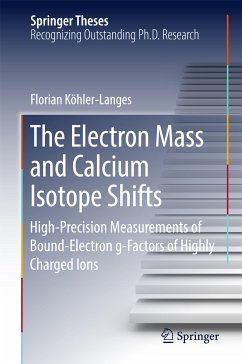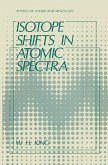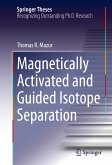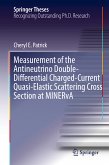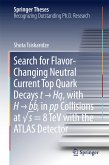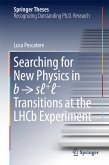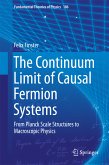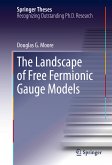This thesis presents the first isotope-shift measurement of bound-electron g-factors of highly charged ions and determines the most precise value of the electron mass in atomic mass units, which exceeds the value in the literature by a factor of 13. As the lightest fundamental massive particle, the electron is one of nature's few central building blocks. A precise knowledge of its intrinsic properties, such as its mass, is mandatory for the most accurate tests in physics - the Quantum Electrodynamics tests that describe one of the four established fundamental interactions in the universe. The underlying measurement principle combines a high-precision measurement of the Larmor-to-cyclotron frequency ratio on a single hydrogen-like carbon ion studied in a Penning trap with very accurate calculations of the so-called bound-electron g-factor. Here, the g-factors of the valence electrons of two lithium-like calcium isotopes have been measured with relative uncertainties of a few 10^{-10}, constituting an as yet unrivaled level of precision for lithium-like ions. These calcium isotopes provide a unique system across the entire nuclear chart to test the pure relativistic nuclear recoil effect.
Dieser Download kann aus rechtlichen Gründen nur mit Rechnungsadresse in A, B, BG, CY, CZ, D, DK, EW, E, FIN, F, GR, HR, H, IRL, I, LT, L, LR, M, NL, PL, P, R, S, SLO, SK ausgeliefert werden.
Es gelten unsere Allgemeinen Geschäftsbedingungen: www.buecher.de/agb
Impressum
www.buecher.de ist ein Internetauftritt der buecher.de internetstores GmbH
Geschäftsführung: Monica Sawhney | Roland Kölbl | Günter Hilger
Sitz der Gesellschaft: Batheyer Straße 115 - 117, 58099 Hagen
Postanschrift: Bürgermeister-Wegele-Str. 12, 86167 Augsburg
Amtsgericht Hagen HRB 13257
Steuernummer: 321/5800/1497
USt-IdNr: DE450055826
Bitte wählen Sie Ihr Anliegen aus.
Rechnungen
Retourenschein anfordern
Bestellstatus
Storno

